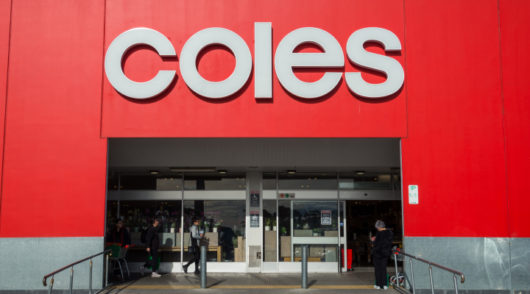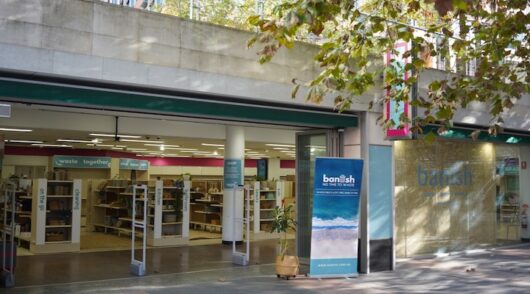Customers’ wants and needs are changing, and heading into the most important period of the retail calendar, engaging with them effectively is of utmost importance.
But so often communication from retailers ends up being generic and poorly targeted, leaving many potential customers with a bad taste in their mouth.
This week, we heard from Mosaic Brands’ head of acquisition and engagement Michelle Rando, and Validity’s director of sales for APAC Willilam Zhang, as they shared the latest trends on how to reach customers.
Here are some of the key takeaways from the webinar.
Customers want control
One of the key messages outlined by Zhang is that in today’s day and age, customers want as much control over how they are communicated with as possible.
This means, according to Zhang, that businesses need to offer customers the ability to tailor their communication preferences extensively.
“It’s critical for many customers to be able to personalise the way brands contact them: from the purpose, to the frequency, to the channel,” Zhang said.
“Customers want to feel as though they have control over their data, and that that data is safe.”
Many brands believe they are doing this already, but the extent to which they allow customers to personalise how they are reached doesn’t always match up with customer expectations.
According to a report released by Validity, which can be downloaded here, approximately 90 per cent of brands believe they are doing a good job in this regard, while only 61 per cent of customers feel the same way.
Walk the tightrope
Keeping a brand top of mind to customers is a difficult tightrope to walk. Brands don’t want to inundate customers with communications to the point where they get fatigued, but the alternative is to fall off the radar.
The key, according to Rando, is to make sure that the communication being sent out always creates value and positive experiences for the customer, while being consistent across each channel.
“We have an amazing team, and they’re great at creating content and curating collections visually online, but also in email communications, and then being able to carry them across to SMS campaigns,” Rando said.
“We deliver messages across website personalisation [as well], and can do this because we know customers’ behaviour online.”
However, every communication can’t be about the launch of a new product or range, and so Mosaic utilises its membership and loyalty programs to create opportunities to reach out.
“One of our key drivers [in communication] is being able to offer rewards to our customers through our membership program, and offer incentives throughout the customer lifecycle, whether that’s their birthday, an anniversary, or just a reminder about membership points,” Rando said.
“It’s a really important tool that we can leverage to speak to our customers outside of announcing the latest season or collection.”
Every audience is different, so test what works
That’s not to say that what works for Mosaic Brands will necessarily work for every other business. All audiences are made up of different people, with different wants and needs – which makes it important to test different communication channels and approaches to see what sticks.
For example, Mosaic Brands recently launched two new brands, jewellery brand By F&R, and sportswear brand RSports, which sit outside of the business’ traditional focus on women’s fashion.
In order to understand how to effectively communicate with these new audiences, Mosaic tried out various ways of communicating, and then measured engagement and listened to customer feedback in order to better tailor these new brands’ approach.
“We used those cues to really understand what these different segments of our audience wanted, and how to communicate to them, so we can still deliver the value that we aim to deliver,” Rando said.
“It’s really important to use the tools that you have to understand what’s resonating with your customers, and then be able to adjust.”
To catch up on the full webinar, click here. If you’d like to download the full report, click here.






